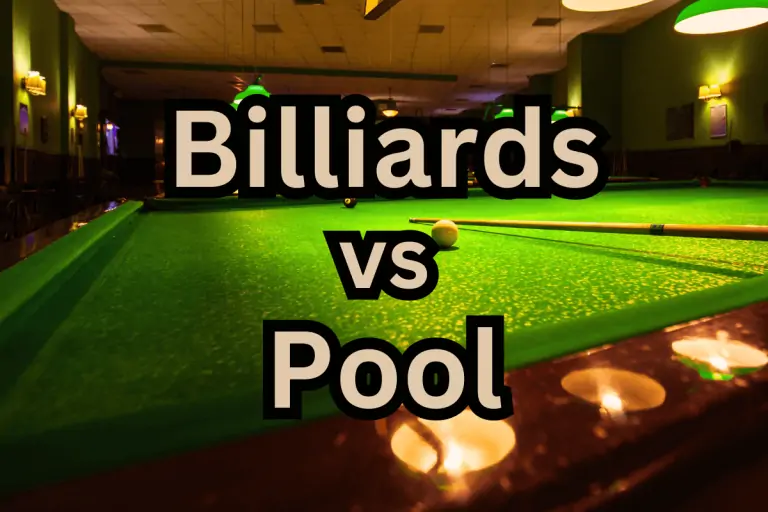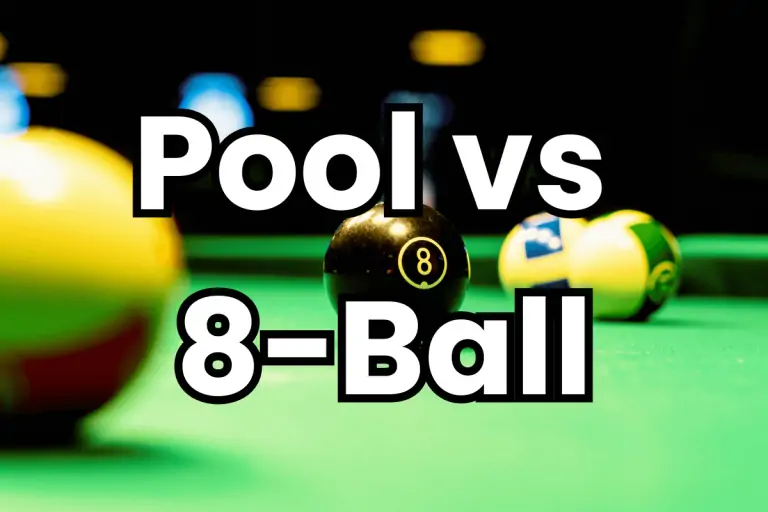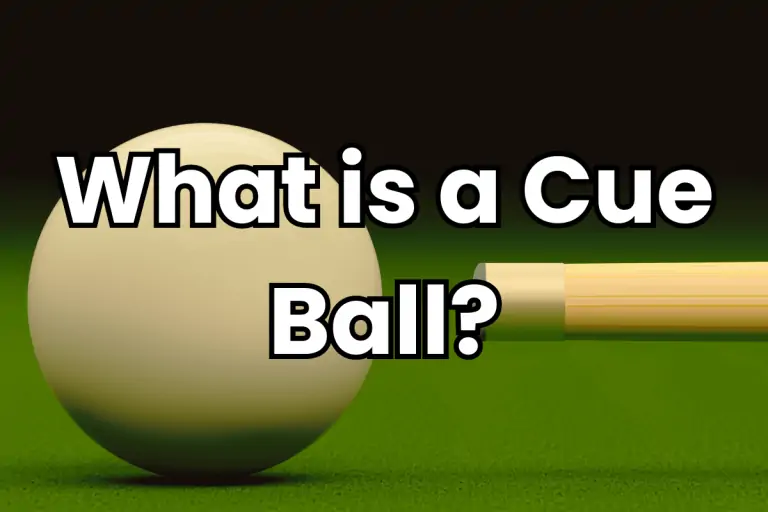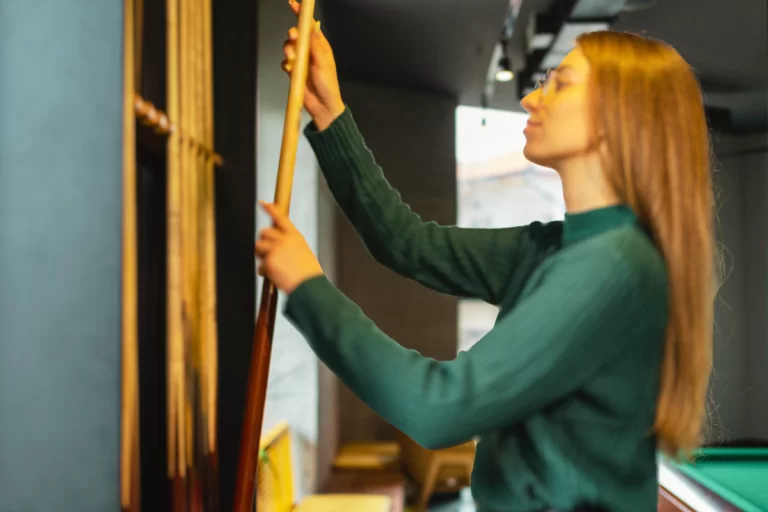Carom Billiards | A Comprehensive Guide for Beginners (2024)
Dive into the elegant and strategic world of Carom Billiards, a game that combines skill, precision, and tactical thinking. This timeless cue sport isn’t just about hitting balls; it’s a mental exercise and a delightful hobby rolled into one. Whether you’re a complete novice or looking to refine your skills, Carom Billiards is accessible to all. So why not pick up a cue? You’re in for a rewarding experience that sharpens your mind and offers endless entertainment. Let’s get started on how to play Carom Billiards!
What is Carom Billiards?
Carom Billiards, often called ‘Carom’, is a sophisticated, skill-based cue sport. It’s played on a pocketless table using three balls, two cue balls (one for each player, distinguished by color), and one red object ball. The primary aim is to strike your cue ball so it contacts the other two balls in one shot, a move known as a ‘carom’.
History
The origins of Carom Billiards trace back to the 18th century in Europe, evolving from games like ground billiards. Over the centuries, it developed into the modern game we know today, with formal rules and various play styles emerging in the 19th century.
Distinction from Other Billiards Games
Carom Billiards is played on a table without pockets, unlike pool or snooker. This necessitates a different kind of skill and strategy, focusing more on the angles and momentum of the balls rather than pocketing them.
The scoring system in Carom is based on completed caroms rather than sinking balls into pockets.
How to Play Carom Billiards?
Essential Equipment for Carom Billiards
Carom Billiards Table Size: A standard Carom table measures 10 feet by 5 feet, larger than typical pool tables. Carom tables have no pockets.
Cues: Length and Weight: Carom cues are averaging around 56-61 inches in length and weighing between 17 and 21 ounces. The tip is in diameter, usually about 11 to 12 mm.
Billiard Balls: There are three balls used in Carom Billiards – two cue balls (one for each player) and a single red object ball.
Basic Rules and Objectives of Carom Billiards
Main Objective
The primary goal in Carom Billiards is to score points by making ‘caroms.’ A carom is made when a player’s cue ball hits the two other balls (the opponent’s cue ball and the red object ball) on the table in a single stroke.
The game requires not just hitting the balls but doing so with strategy and precision, often using the table’s cushions to create angles and opportunities for successful caroms.
Scoring System and How to Win
Scoring Points: Each successful carom is worth one point. In some variations, like Three-Cushion Billiards, points are scored only when the cue ball hits three cushions before making a carom.
Winning the Game: The game is usually played to a predetermined number of points. The first player to reach or surpass this number wins. Common formats include games played to 25, 50, or 100 points.
Common Rules and Regulations
Fair Play: Players must strike the cue ball with the tip of the cue. Scooping or pushing the ball is not allowed.
Order of Play: Players take alternate turns. A player continues to play as long as they successfully make a carom.
Fouls: Fouls occur for actions such as failing to hit both the red ball and the opponent’s ball, double-hitting the cue ball, or disturbing the balls with anything other than the cue ball. Fouls typically result at the end of a player’s turn and may also incur a penalty point.
Ball Placement After Fouls: After a foul, the balls are usually reset to their original positions for the next player’s turn.
Basic Strokes and Techniques in Carom Billiards
Introduction to Basic Strokes
Straight Stroke: The most fundamental stroke, where the cue is moved in a straight line to hit the cue ball squarely. This stroke is crucial for accurate force application and direction control.
Angled Stroke: Used to hit the cue ball off-center to create angles and spin. It’s essential for making caroms that require the cue ball to rebound off cushions or navigate around the table.
Techniques for Cue Control and Accuracy
Stance and Grip: Maintain a stable and comfortable stance. Your grip on the cue should be firm yet relaxed, allowing smooth movement.
Cue Alignment: Keep the cue as level as possible. This minimizes the vertical deviation of the cue ball, essential for precision.
Stroke Execution: Practice a fluid, consistent stroke. The cue should move in a straight line back and forth. Avoid jerky movements or excessive wrist action.
Eye on the Ball: Focus on the cue ball and the point you intend to strike. This helps in accurate force application and direction.
Follow-Through: After striking the cue ball, continue the cue movement in the direction of the stroke. Proper follow-through ensures better control over the shot’s power and spin.
Practice Drills
Straight Shots: Set up straight shots to practice hitting the cue ball dead center. Aim for consistent, straight-line movement of the cue ball.
Angle Shots: Practice hitting the cue ball at different angles to understand how it affects the ball’s path and spin.
Cushion Shots: Work on shots where the cue ball rebounds off cushions, a crucial aspect of Carom Billiards. Understand how the angle of incidence affects the rebound direction.
Conclusion
Carom Billiards is a fascinating game that blends skill, strategy, and precision. As a beginner, focus on understanding the equipment, mastering basic strokes, and learning the rules and objectives. Remember, practice is essential to improve your technique and enjoy the game fully. Don’t hesitate to explore, experiment, and ask questions along your journey. Most importantly, have fun and embrace the challenges and joys this unique cue sport offers.
FAQs
What makes Carom Billiards different from pool and snooker?
Carom Billiards is played on a pocketless table and focuses on making caroms (hitting both the object ball and the opponent’s ball in one shot) rather than pocketing balls.
How do I score points in Carom Billiards?
Points are scored each time you successfully hit both the red ball and your opponent’s ball in one stroke.
Are there any professional Carom Billiards tournaments?
Yes, there are professional Carom Billiards tournaments held worldwide, showcasing the skills of top players in disciplines like Three-Cushion and Straight Rail. Tournaments such as the UMB World Three-Cushion Championship and the Sang Lee International Open attract elite players from around the globe, competing for prestigious titles and substantial prize money.
Can I play Carom Billiards on a pool table?
Technically you can practice on a pool table, but the experience differs significantly due to the presence of pockets and table dimensions.
How long does a typical game of Carom Billiards last?
The length of the game varies based on the skill level of players and the predetermined points for winning, but it generally lasts longer than a typical game of pool.







